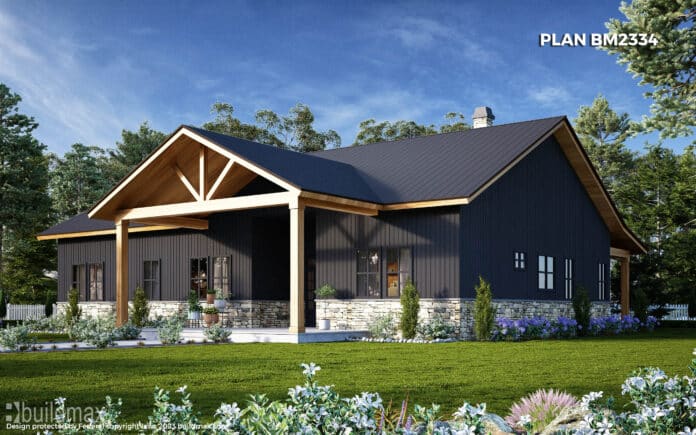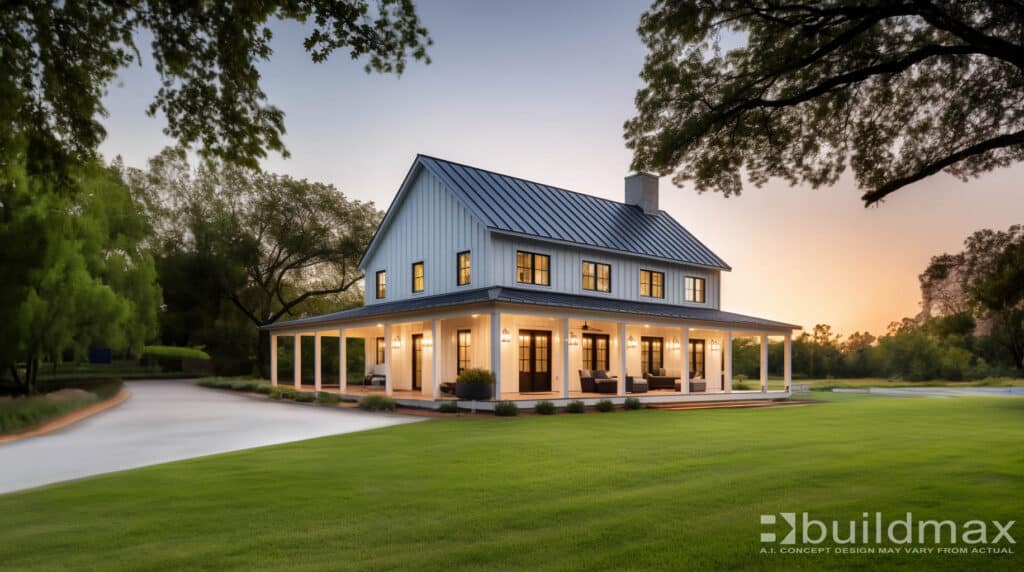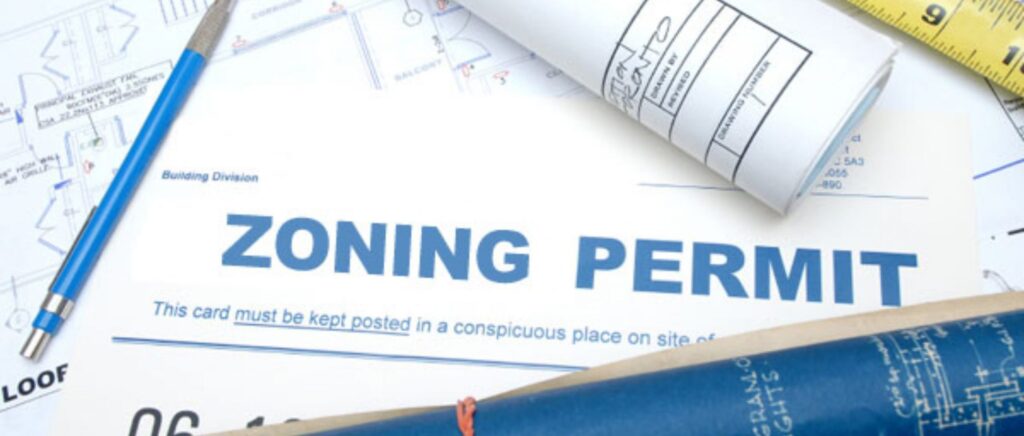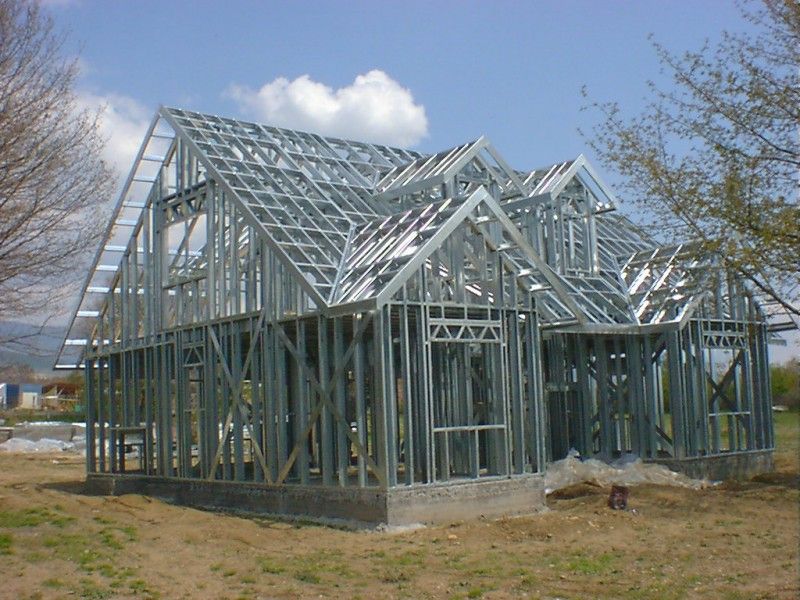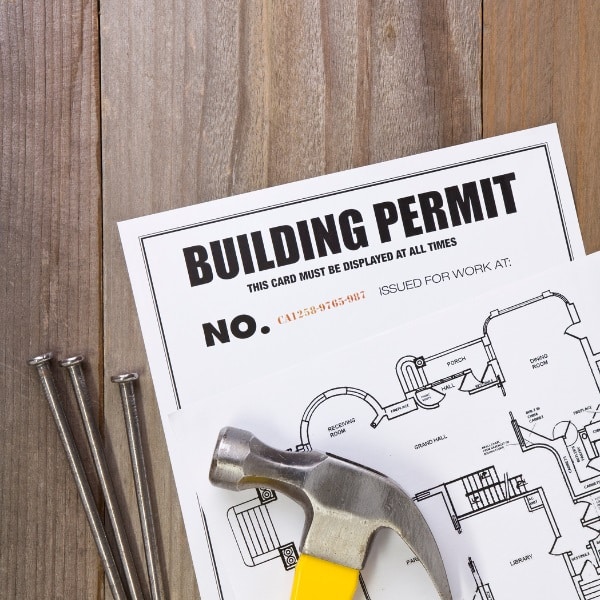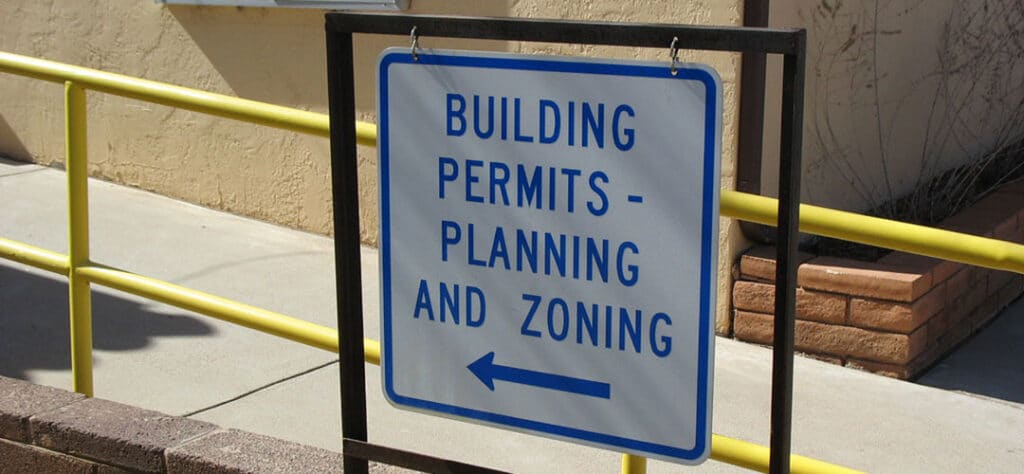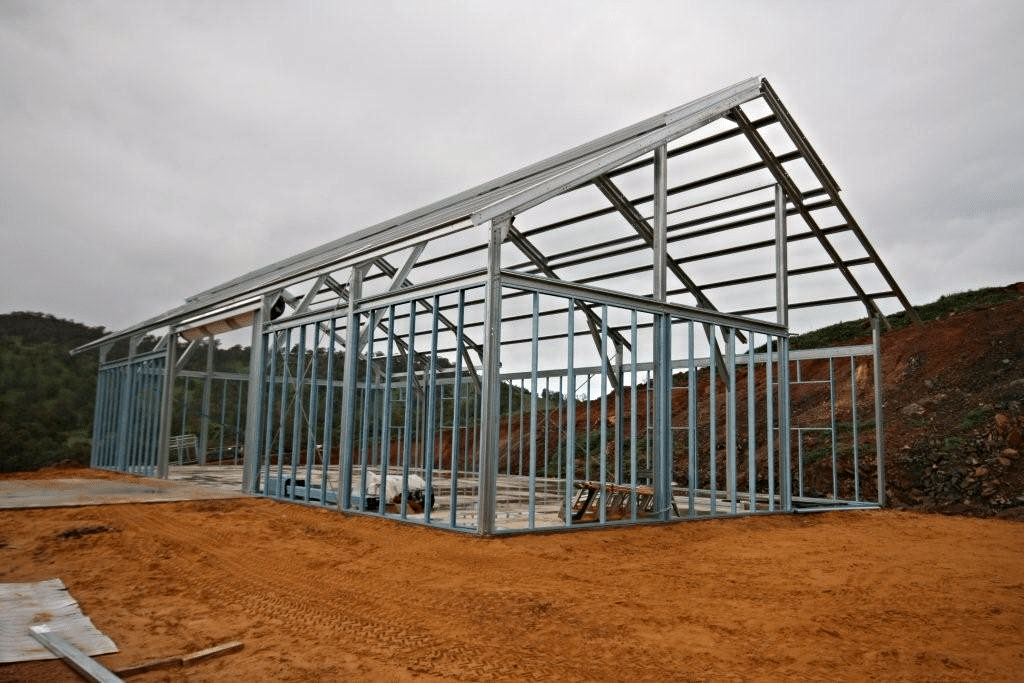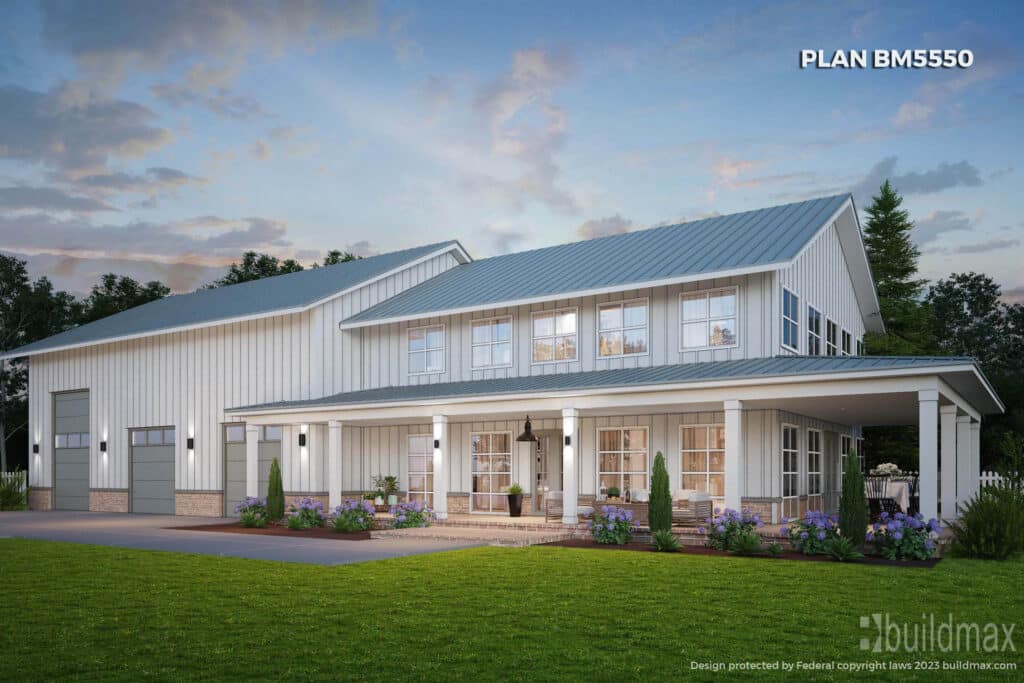How to Start Planning for a Barndominium Build: A Step-by-Step Guide
Building a barndominium offers a unique opportunity to design a flexible, efficient, and often cost-effective home. Known for their robust structure and versatile design, barndominiums combine the aesthetic of a rustic barn with the comfort and functionality of a modern home. This article guides you through the initial planning stages of a barndominium build and highlights the benefits of working with professional consulting services like BuildMax.com.
Step 1: Define Your Vision
Assess Your Needs
Before diving into the planning process, take some time to consider what you want out of your barndominium. How many rooms do you need? What kind of spaces will support your lifestyle? Do you need large open spaces for workshops or garages? Defining your needs will help guide the design process.
Gather Inspiration
Look for ideas on websites, in magazines, or on platforms like Pinterest and Instagram. This can help you visualize potential styles and interior layouts.figure out what you like and begin to build a solid vision for your barndominium on paper and in your mind as well it’s good to fully understand what your asking of a builder when you explain your vision.
Step 2: Establish Your Budget
Calculate Costs
Determine how much you can realistically afford to spend on your barndominium. Include estimates for the land, construction, interior finishes, and any unforeseen expenses.
Explore Financing Options
Investigate loans and mortgages suitable for construction projects. Understanding your financing early on is crucial for a smooth building process.
Step 3: Select the Right Location
Land Acquisition
Choose a plot that not only fits your budget but also complies with local zoning laws for building a barndominium. Consider the land’s topography, accessibility, and proximity to utilities.
Zoning and Regulations
Ensure that your building project complies with all local codes and regulations. This can prevent legal issues and delays.
Step 4: Partner with BuildMax.com
Professional Guidance
Working with a consulting service like BuildMax.com can significantly streamline the planning and construction process. They offer expertise in selecting the right floor plans that align with your needs and vision.
Choosing Floor Plans
BuildMax.com provides a variety of floor plans designed specifically for barndominiums. They can help you select or customize a plan based on your specific requirements, ensuring that every square foot is utilized efficiently.
Steel Frame Kits
Opting for a steel frame kit from BuildMax.com offers numerous benefits. These kits are known for their durability, resistance to pests and decay, and relatively quick assembly time. BuildMax.com can assist in ordering a steel frame kit that matches your chosen floor plans, ensuring compatibility and quality.
Step 5: Design and Customize
Architectural Details
Finalize your floor plan with any custom features or modifications. Consider aspects like window placements for natural light, ceiling heights, and energy efficiency measures.
Interior Design
Plan the interior design of your barndominium, which includes choosing materials and finishes that match your style and budget.
Step 6: Secure Permits and Approvals
Building Permits
Apply for and obtain all necessary permits before beginning construction. BuildMax.com can offer guidance on the required documentation and procedures.
Environmental and Other Permits
Depending on your location, you may need additional permits related to environmental impact, water usage, or septic systems.
When building a barndominium—or any type of residential structure—there are several environmental permits that you might need to obtain, depending on the location, size, and specific environmental impact of your project. All of these permits are Location-dependent and odds are you won’t encounter any of these during your build.
However, It’s also important to remember the real reason for these regulations and it mostly comes down to protecting wetlands & the wildlife living in and around the wetlands, which is something we should all get behind and gracefully support, without many of these native species the ecosystems would be irreversibly damaged. These permits are designed to ensure that construction activities comply with federal, state, and local environmental regulations, protecting ecosystems, water quality, and community health. Here are some of the most common types of environmental permits you may encounter during the process:
**Wetlands Permits**
If your construction site impacts wetlands, you will likely need a permit from the U.S. Army Corps of Engineers under Section 404 of the Clean Water Act. Wetlands are protected due to their crucial role in maintaining natural water quality, providing habitat for wildlife, and buffering storm impacts.
**Stormwater Management Permits**
Under the National Pollutant Discharge Elimination System (NPDES), any construction activity that disturbs one acre or more of land generally requires a permit to manage stormwater runoff. These permits ensure that measures are in place to control sediment and erosion, preventing pollution from entering nearby streams, rivers, and other water bodies.
**Air Quality Permits**
If your construction involves emissions that could impact air quality, such as from large-scale earth-moving equipment, you might need an air quality permit from your state or local environmental agency. This is more common in larger developments or in areas with stricter air quality regulations.
**Endangered Species Act Compliance**
If your construction could affect habitats known to house endangered species, compliance with the Endangered Species Act is required. This might involve obtaining permits that allow for a certain level of impact or developing a habitat conservation plan.
**Historical Preservation Permits**
If building on land that has historical or archaeological significance, you may need a permit from the state historical preservation office or local equivalent. This ensures that any significant historical artifacts are preserved and that construction is done in a way that respects historical resources.
**Water Withdrawal Permits**
For projects that require significant amounts of water, or if you plan to extract water from ground or surface sources, a water withdrawal permit may be necessary. This type of permit is crucial in regions where water scarcity is an issue or where water withdrawal could impact ecological balance.
**Septic System and Sewer Permits**
If your barndominium is not connected to a municipal sewage system, you will need a permit to install a septic system. Local health departments typically issue these permits after ensuring that the planned system meets health and environmental standards.
**Land Use and Zoning Permits**
While not strictly environmental, land use and zoning permits are closely related because they regulate how land can be used, which indirectly protects natural resources and maintains sustainable development practices.
**Coastal Area Management Permits**
For properties located in coastal zones, additional regulations may apply under the Coastal Zone Management Act, which aims to preserve and responsibly develop coastal areas. Permits or approvals might be needed to ensure that building plans comply with local coastal management strategies.
Obtaining the necessary environmental permits is a crucial step in responsibly planning and building a barndominium. Early consultation with local planning and environmental agencies can provide guidance and help streamline the permit application process. This proactive approach not only helps protect the environment but also ensures that your building project proceeds without legal complications.
Step 7: Begin Construction
Monitor Progress
Stay actively involved in the construction process to ensure that everything is proceeding according to plan. Regular site visits and consultations with your builder are essential.
Quality Assurance
Work with BuildMax.com to ensure that all aspects of the construction meet or exceed industry standards. Their expertise can be invaluable in addressing any issues that arise during the build.
Step 8: Move-In and Post-Construction
Inspection and Final Touches
Once construction is complete, perform a final walk-through. Check for any areas that need adjustment or correction.
Once everything is in place and all inspections are passed, you can move into your new barndominium and start enjoying the unique space you’ve created.
Enjoy Your New Home
Planning and building a barndominium can be a fulfilling project, especially with the support of professionals like BuildMax.com. By following these steps and utilizing expert consulting services, you can ensure that your barndominium is well-designed, efficiently built, and perfectly suited to your lifestyle.



